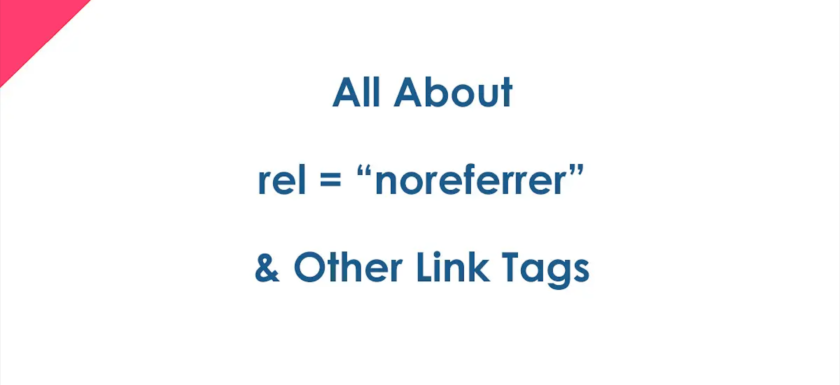If you have a web page and you want to improve your SEO positioning, in this post I will show you the best HTML links.
The pages are programmed in HTML language. In the SEO context, an HTML tag is a piece of code used to describe the searches how to treat each part of a web page. They can be used to give instructions to search engines, to identify important parts of the text, and many other things.
Below we see an example of the basic structure of a link:
<a href=”https://xupxup.net/blog-xupxup/”>”anchor text”</a>
A good SEO resource is to put the keyword that we want to position in the title of the link. In the previous code, given as an example “anchor text” would be the title of the link.
So, if we make an article that has the keyword BEST ARTICLE TO IMPROVE SEO, we must put that word in the anchor text. This would be:
<a href=”https://xupxup.net/blog-xupxup/”>” BEST ARTICLE TO IMPROVE SEO “</a>
This example is a compulsory practice to give relevance to keywords in relation with the search engines.
What is PageRank?
PageRank, it is a scoring system that is part of the search engine algorithm. Google use this system to evaluate and position web pages.
What Pagerank does is score web pages on a scale of 1 to 10 the websites. To determine the score, it is based on the following factors:
- Page load speed
- Page structure
- Page layout
- Total visits
- Content value
- Page update frequency
The most important thing that we have to know and take care of when we are programming a website, are the outgoing and received links of the web page.
That is why it’s important to know the concept of PageRank before explaining the attributes of HTML links to improve SEO.
Target attribute
One of the most common HTML link attributes is the target. This concept is defined as an attribute that indicates how or where we should open the linked resource, while the blank value tells the browser to open the resource in a new tab or window.
If we look back a bit in history, the target =_blank attribute caused a number of problems for web developers. It turns out that when a link was used with this attribute, it was vulnerable to a phishing attack, better known as tabnabbing.
Because of this, rich text editors began to use two mandatory attributes: noopener and noreferrer.
The target attribute does not improve the SEO of our web page, but let’s see what happens with these other attributes:
noopener
This attribute is used for links that open in a new tab. It was created as a defense mechanism to prevent new tabs from gaining information and control over the original page. This is what a link with this attribute would look like:
<a href=”https://www.xupxup.net” target=”_blank” rel=”noopener”>Visit Xup Xup</a>
Currently, any link opened in a new tab is treated as noopener.
If we evaluate its impact on SEO, we can say that it is zero.
noreferrer
It is used in conjunction with the noopener attribute. It tells the browser not to share the information from the web that the destination document links to.
<a href=”https://www.xupxup.net” target=”_blank” rel=”noreferrer”>Visit Xup Xup</a>
It has no impact on SEO. However, it has an important problem with website analytics. The noreferrer doesn’t deliver data from the page the link came from, the analytics will indicate that the direct referral traffic.
nofollow
The attribute indicates that the author of the current page is not related to, endorses, or has no control over the linked resource, and most importantly, tells search engines to ignore and not follow that link. PageRank does not take these links into account when scoring the page.
<a href=”https://www.xupxup.net” target=”_blank” rel=”nofollow”>Visit Xup Xup</a>
This attribute does affect the SEO of a web page, so why use it? It turns out that it is very useful to use it on links to pages that we want not to be tracked by PageRank, for example:
- Login Pages
- Comment pages
- Administrative pages
- Payment links
- Links to pages of low reputation
- Privacy policy pages
In conclusion, nofollow can be used to filter the pages that we want to be indexed by Google and those that we don’t.
SEO is a set of empirical ideas that work to improve the positioning of a web page. However, there is no theory for totally reliable SEO, although there are some good practices with HTML links to improve SEO.

